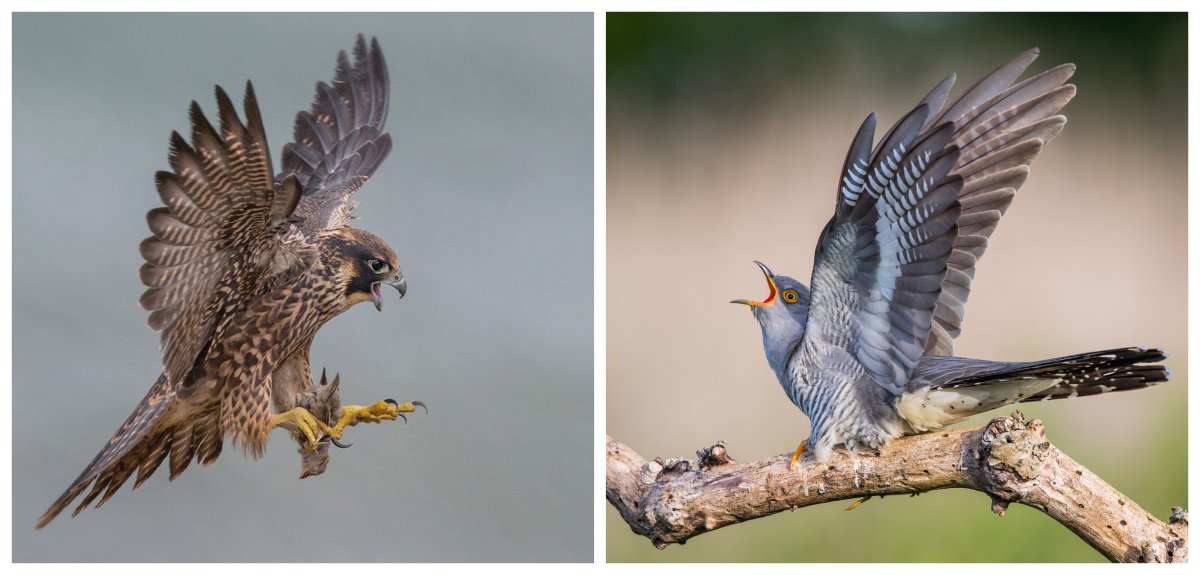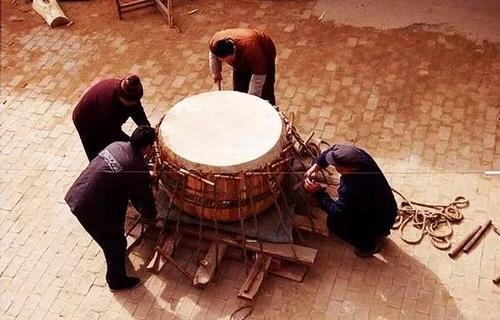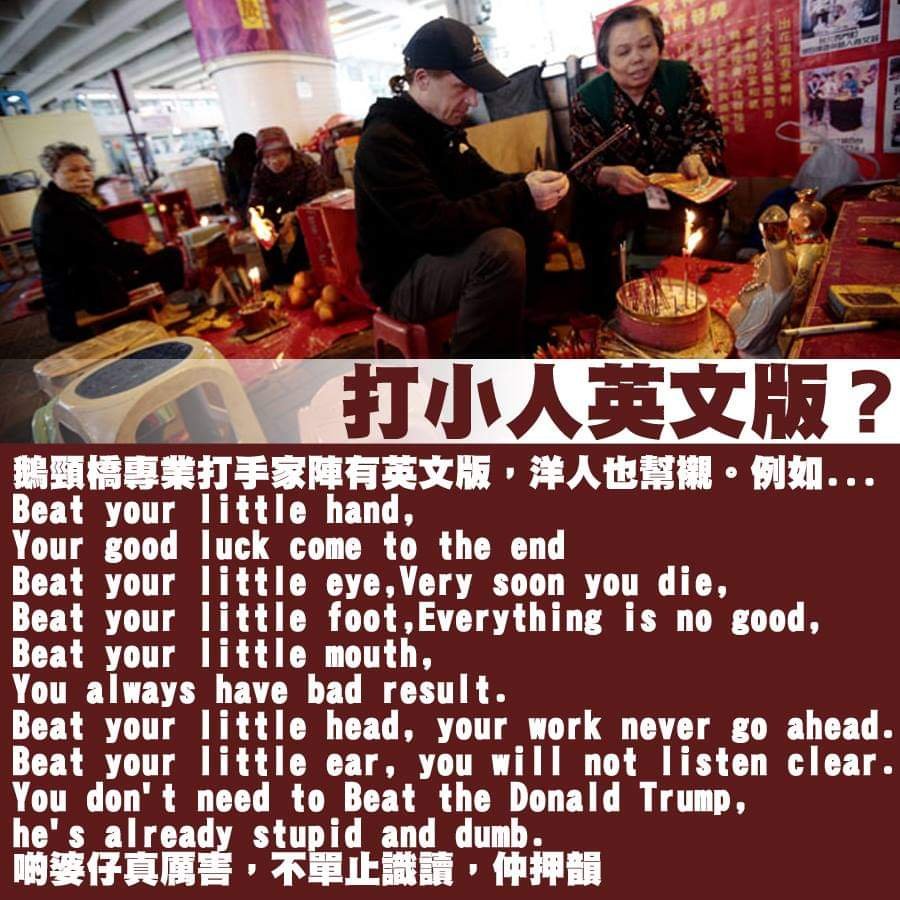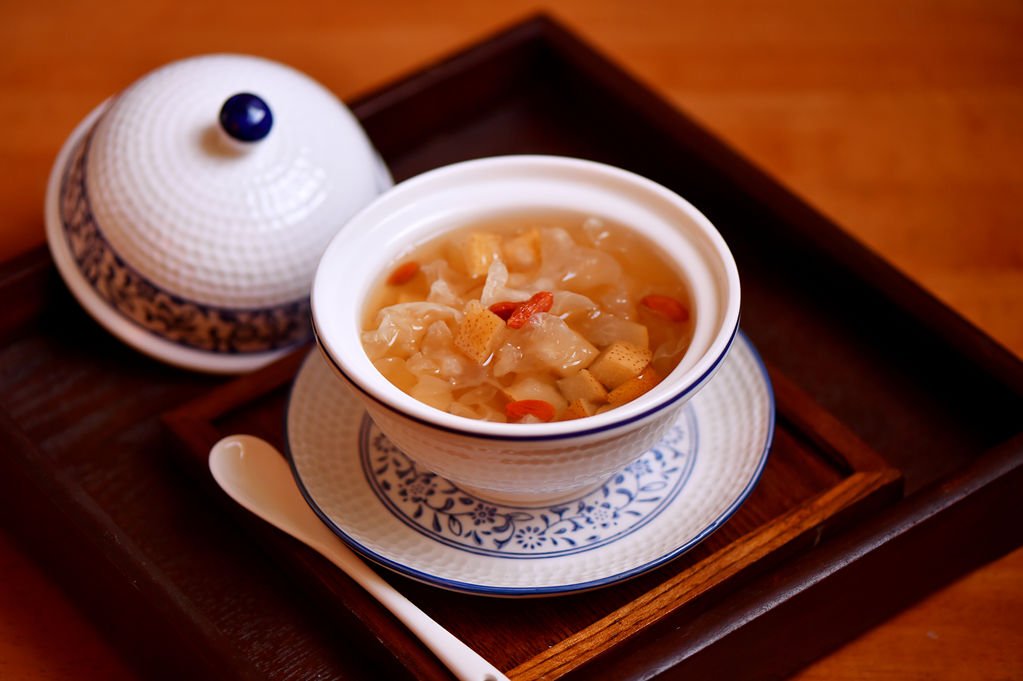Solar Terms 101: Turn Your Toxic Relationships Into Paper Cut-Outs and Beat the Hell Out of 'Em
The traditional Chinese lunar calendar divides the year into 24 节气 jiéqì solar terms based on seasonal changes and natural phenomenon. They play an important role in guiding agricultural activities, even to this day. But even city-dwellers like us can enjoy them. Each solar term has its own associated customs, traditions, and even recipes. In Solar Terms 101, we delve into what makes each one special...
Name of the solar term: 惊蛰 jīngzhé lit. “Awakening of Insects”
Gregorian date: Mar 5 or 6 (Mar 6, 2023)
What is jingzhe all about
Jingzhe arrives as the third solar term of spring on Mar 5 or Mar 6 every year. During this season, people living across China may hear the year's first strike of thunder, although residents of southern China might experience it earlier while Beijingers may need to wait until April for that initial crack.
Ancient Chinese believed that it was this thunder that awoke insects and other dormant animals from their 蛰 zhé winter slumber, which explained the reappearance of hordes of bugs in early spring. However, generally speaking, bugs can't hear the sound of thunder and are instead responding to the warmer weather and increased rainfall. At any rate, by this point, temperatures in the majority of China have risen above freezing, and most provinces should have seen the first instance of precipitation around the last solar term, 雨水 yǔshuǐ The Rain, which laid the groundwork (literally) for a comfortable little bug playground.
The micro seasons of jingzhe
Although the name of this solar term is tied to bugs and other hibernating cuties, they actually don't feature in any of jingzhe’s micro seasons. The first micro season 桃始华 táo shǐ huá indicates the emergence of peach blossoms, a typical spring flower in China, and also marks the end of counting nines for the arrival of spring. Other floral fairies that may welcome you around this time are pears and cherries.

The next micro season is 仓庚鸣 cāng gēng míng, however, 黄莺 huángyīng black-naped oriole is a more common name for the bird 仓庚 cāng gēng. Between the warm monsoon air and newly busy bugs – aka feast – these birds take to the treetops and sing joyfully. The last micro season 鹰化为鸠 yīng huà wéi jiū falcon turn into common cuckoos is also derived from an ancient misunderstanding. Since falcons tend to end their hunting season when spring approaches and cuckoos become more prominent – reminding farmers to start their sowing season – people thought the two birds were one-and-the-same. It didn't help much that their feathers are pretty similar.
Make a drum that echoes like thunder, then use your stinky shoes to beat up the evil

Once upon a time, the ancient Chinese believed in a God of Thunder – a human with a bird’s beak and wings – who continuously beat his drum, resulting in thunder on our earthly plane. As such, folks regarded the drum as a symbol of the God of Thunder and made their own drum to echo the thunder growling in the sky during jingzhe.
Unfortunately, however, in addition to waking up insects and dormant animals, the spring thunder also gave rise to evil wills. In Canton areas such as Hong Kong and Macau, people believe that the 白虎 báihǔ “White Tiger” – which is also the God of Disputes and Conflict – will come to visit. And 小人 xiǎo rén the petty person or people with evil intentions (if paraphrased) will bring misfortune upon your life.

In order to protect yourself from people with evil intentions and pave the way for a positive journey in the year ahead, you need to purchase a pack of materials that includes a paper tiger, a paper printed with ghosts and spirits, several sticks of incense, and several human paper cut-outs, the last of which should be beaten with old shoes or bricks. (Incidentally, while beating the human paper cut-outs, you need to chant a certain spell, and an English version of the practice – 打小人 dǎ xiǎo rén dubbed "Beating the Petty Person" – made its way into Time Magazine's Best of Asia 2009 list.) Likewise, in a ritual akin to voodoo dolls, if you suspect that someone, in particular, may be a harbinger of bad fortune, you can write their name on the paper cut-outs prior to beating it. However, don’t forget to pay tribute to the god and tiger with some fruit, pork, and pork blood. Lastly, throw two semilune-shaped wooden boards on the ground. If they land with one curvy side up and one down, then you've successfully completed the ritual. Usually, this ceremony is conducted away from direct sunlight, say, under a bridge, and several temples in Hong Kong even offer to do the service for you.
What to eat for jingzhe

Unfortunately, jingzhe means spring, and spring means a new flu season is upon us, which makes dietary considerations especially crucial. Traditionally, the pear is a prime seasonal choice since it is juicy, yet not overly sweet as some other fruit, and people think it is an effective way to soothe a sore throat. In fact, it was a favorite amongst old-time Peking Opera performers who ate it to protect their voice. Besides eating it raw, you can make a 梨汤 lí tāng pear stew with some silver mushroom, honey, and goji berries, a local delicacy in Beijing.
In other regions, the food people tend to eat during this season takes on a metaphorical quality, meant to reflect the devouring of bugs that will protect crops from pest attacks. For example, in Shanxi and Guangxi people stir fry yellow beans and corn, respectively, in a wok, the sound of which mimics exploding bugs. And in Shandong Province, people will make pancakes in their courtyard and use the smoke to expel the pests.
Read: Solar Terms 101: Spring Rain Nourishes the Ground and Wakes Up Every Living Soul
Images: Topick, Pinterest, 每日英语, 豆果美食, Jdwan, Birdguides







